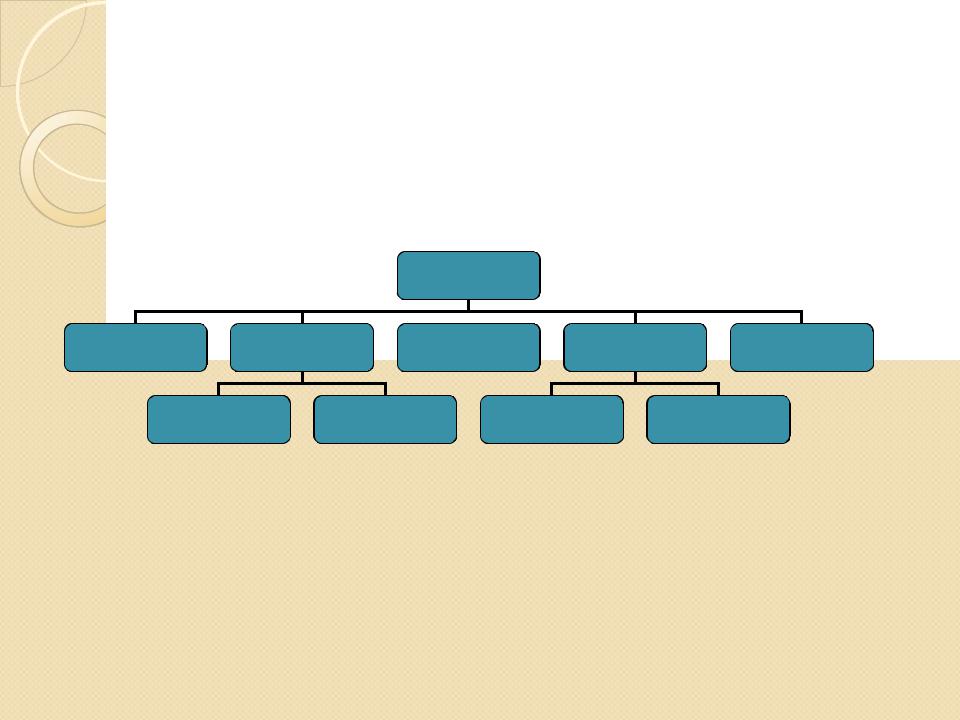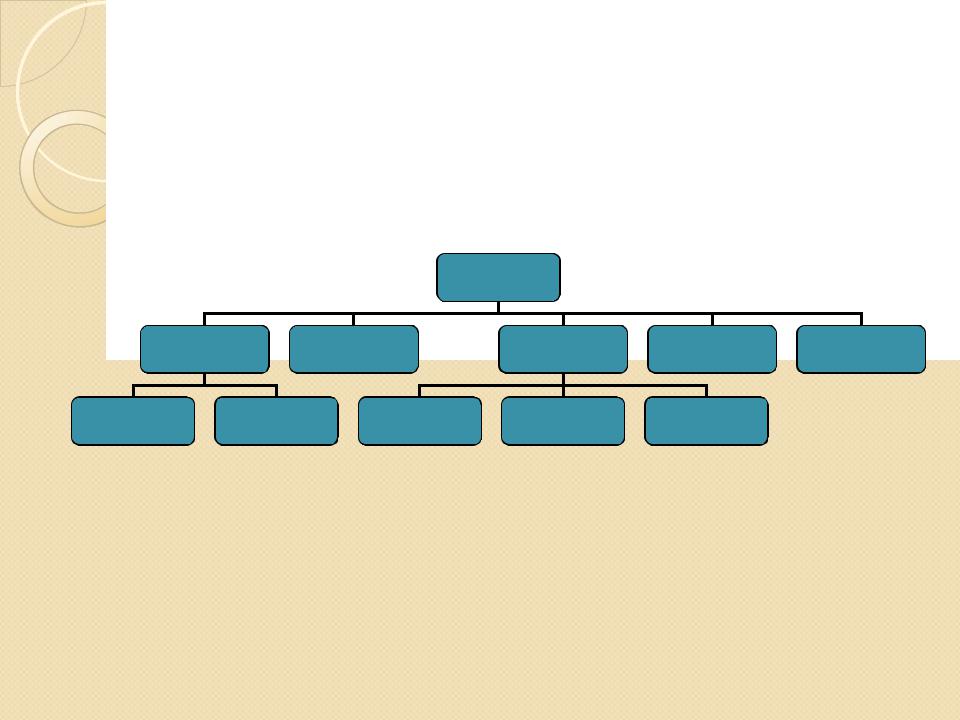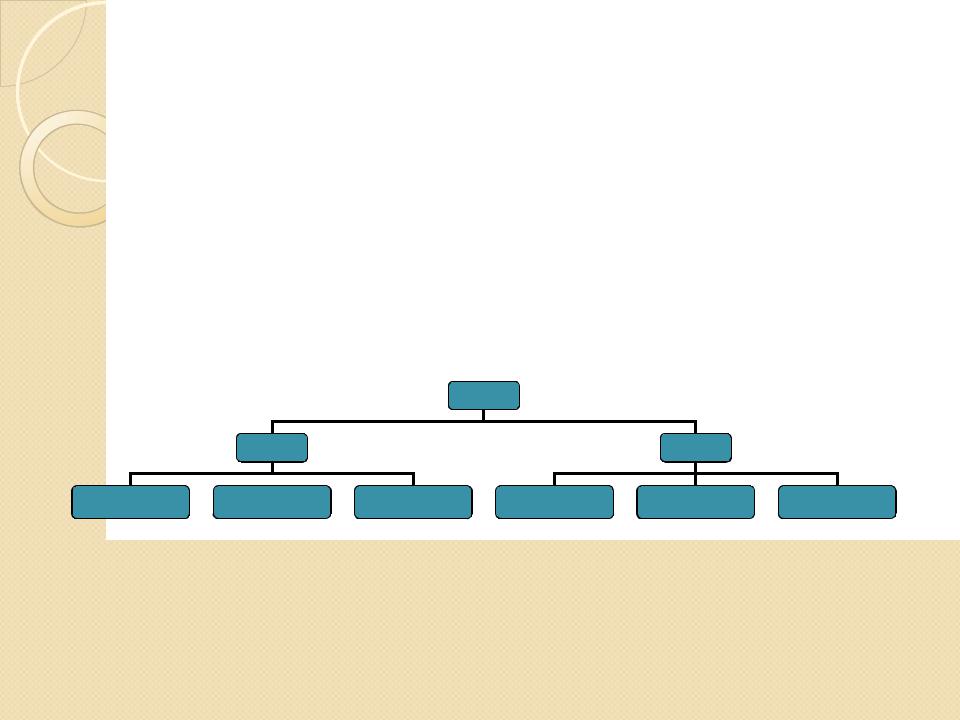
The_Structure_of_the_English_Lexicon
.pdf
Antonymy
y C) There are antonyms such as over/under, buy/sell, wife/husband.These  antonyms are mutually dependent on each other.There cannot be a wife
antonyms are mutually dependent on each other.There cannot be a wife
without a husband.We cannot buy something without something being sold.This type of oppositeness, where one item presupposes the other, is called converseness.
yThe lexemes are converse terms.
yAll these lexemes have a common feature: they can all be used in the question-answer exchange ‘What is the opposite of X? Y.’
yIn this respect, they are different from the vast majority of lexemes in the language, which have no opposites at all. It simply does not make sense to ask ‘What is the opposite of rainbow, or sandwich?’

Hyponymy
y Hyponymy is less familiar term to most people than
either synonymy or antonymy, but it refers to a much more important sense relation. It describes what happens when we say Something is a kind of something, e.g. Eagle is a kind of bird, or eagle is a bird.
yThe relationship between the lexemes can best be
shown in the form of a tree diagram, where the more general term is placed at the top, and the more specific terms are placed underneath.

Hyponymy
|
|
|
bird |
|
|
|
|
|
|
|
|
|
|
|
|
|
|
|
|
|
|
blackbird |
eagle |
hawk |
owl |
parrot |
|
|
bald eagle |
golden eagle |
|
snowy owl |
|
spotted owl |
|
|
|
|
|
|
|

Hyponymy
y The included items are the hyponyms.The lexeme at the top is the  superordinate term, or hypernym.
superordinate term, or hypernym.
yHyponymy is particularly important to linguists because it is the core relationship within a dictionary.The most illuminating way of defining a lexeme is to provide a hypernym along with various distinguishing features
– an approach to definition whose history can be traced back to Aristotle.
yE.g.A majorette is a ‘girl (hypernym) who twirls a baton and accompanies a marching band’. It is usually possible to trace a hierarchical path through a dictionary, following the hypernyms as they become increasingly abstract, until we arrive at such general notions that clear sense-relations between the lexemes no longer exist.At any point along this path, a lexeme can be seen to have a hyponymic relationship with everything above it, though we usually take seriously only those involving successive levels.

Meronymy
y Just as the concern of scientists to classify
natural phenomena is reflected in the semantic relation of hyponymy, so too their concern to analyse phenomena into their parts is reflected in the semantic relation of meronymy.The ‘part of’ relation can similarly be represented by a hierarchy of superordinate and subordinate terms, e.g.

Meronymy
vehicle
wheel |
brakes |
engine |
door |
steering wheel |
tyre |
tube |
valve |
cylinder |
fuel pump |
|
|
|
|
|

Meronymy
y Reading from the bottom, valve, cylinder, and fuel pump are parts  (meronyms) of engine; engine, wheel, brakes, door, steering wheel are parts
(meronyms) of engine; engine, wheel, brakes, door, steering wheel are parts
(meronyms) of vehicle.
yThe superordinate term is not merely a more general way of talking about its meronyms, as in the hyponymy relation, though there is a sense in which the use of superordinate terms includes reference to the meronyms.
ySuch part/whole relations exist between many words in the vocabulary. Most human artefacts are made up of parts, which we usually want to label with their own terms.A knife consists of a blade and a handle.
yMost obviously, the meronym relation applies to entities that have concrete reference. But we also divide more abstract entities into their parts, e.g.

Meronymy
yThe terms day and night occur twice in this hierarchy because day refers both to the period of twenty-four hours and to that period which enjoys daylight; night is in contrast with this second meaning of day and also refers to the darkest part of it.
|
|
|
|
day |
|
|
|
day |
|
|
night |
|
|
|
|
|
|
|
|
|
|
|
|
|
|
|
|
dawn |
morning |
afternoon |
twilight |
evening |
night |
|
|
|
|
|
|
|
|
|
|
|
|
|
|
|
